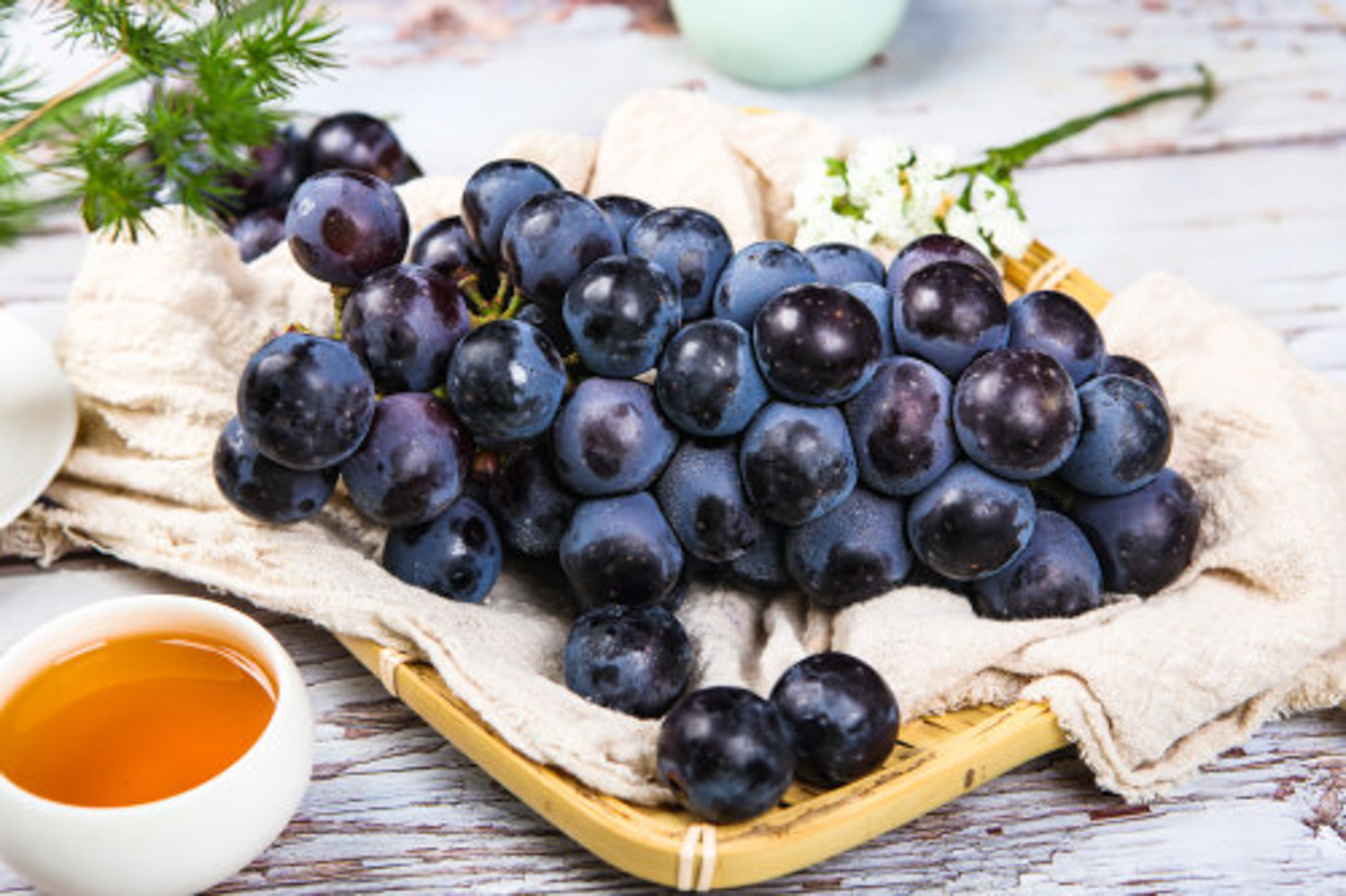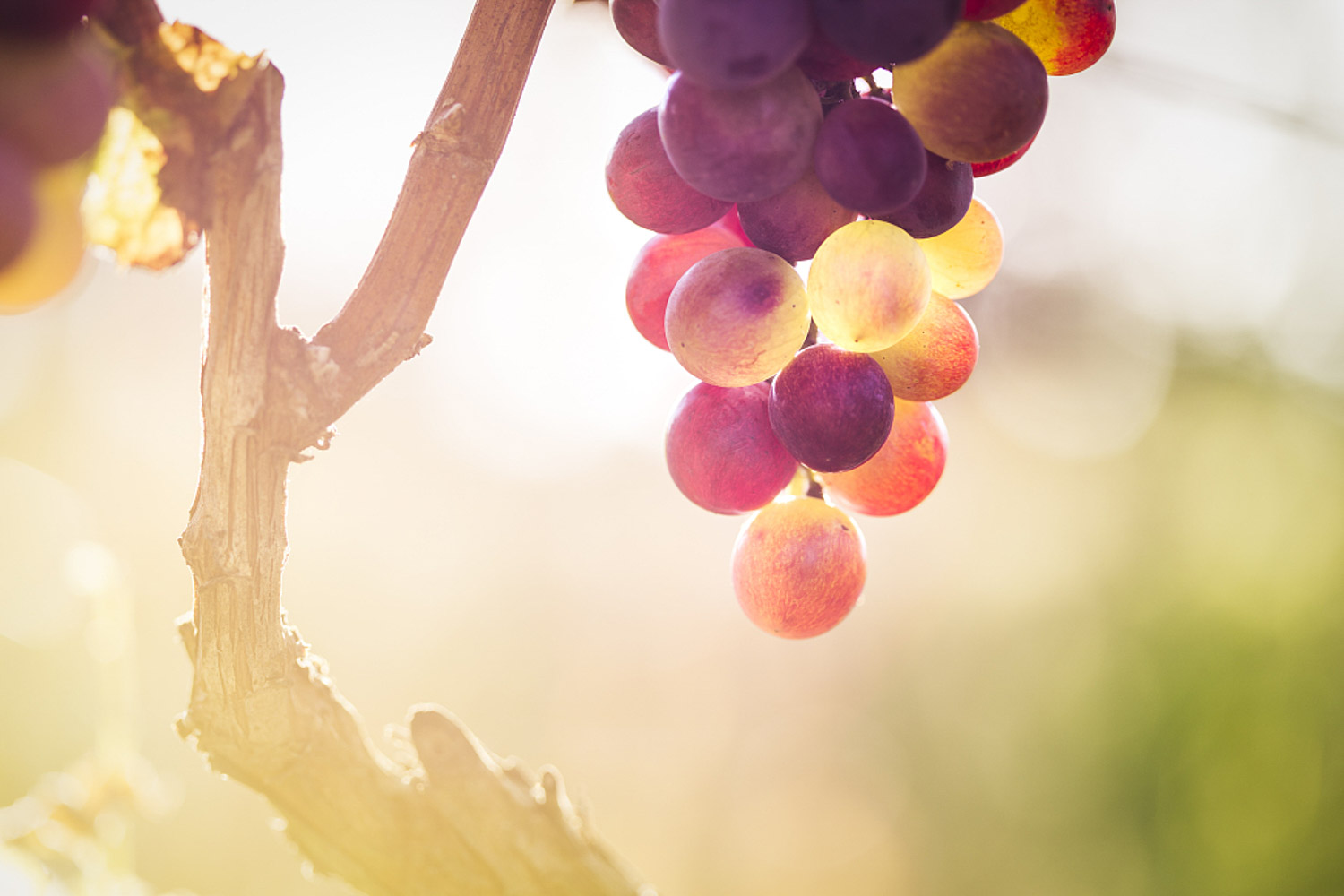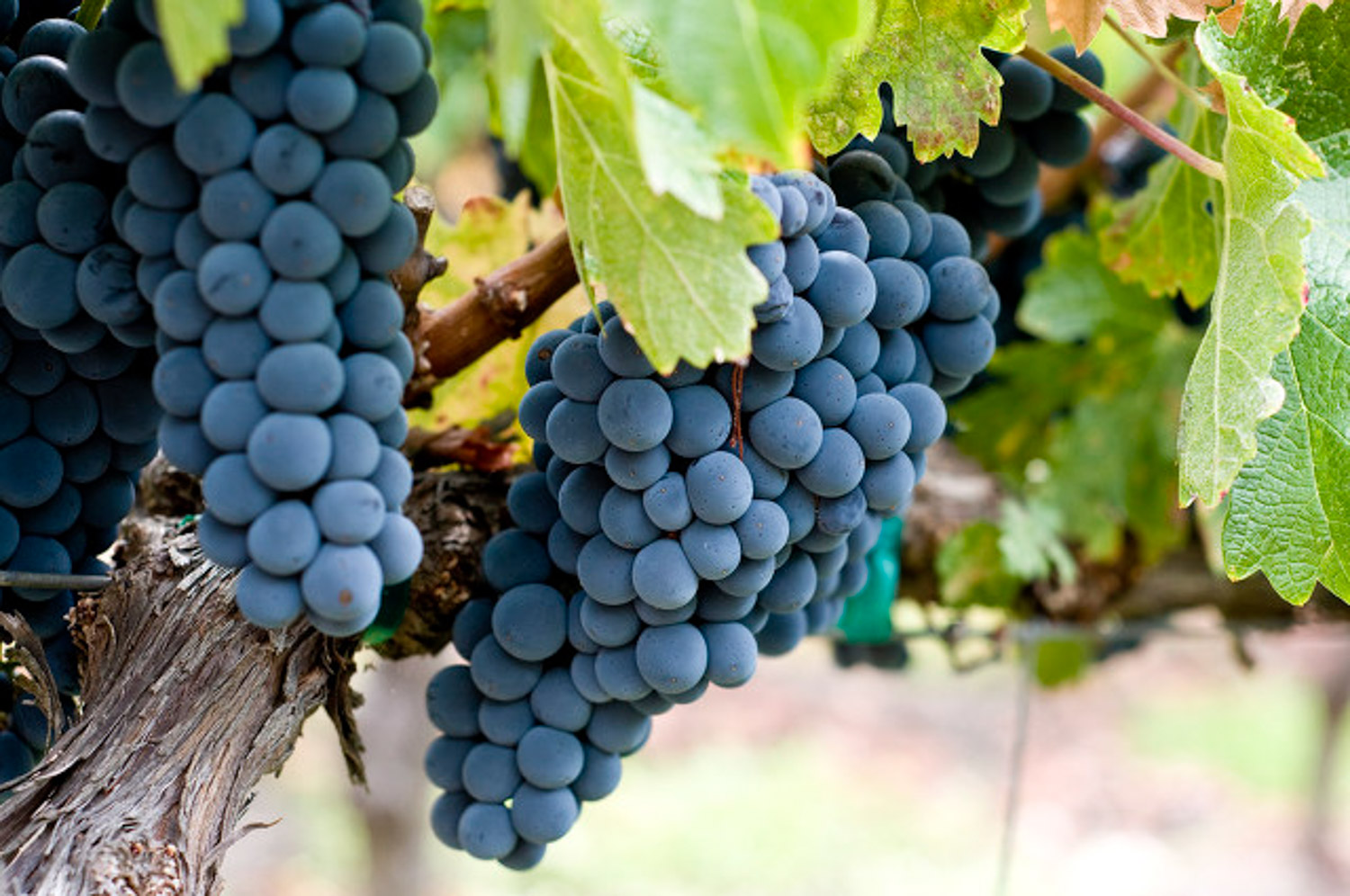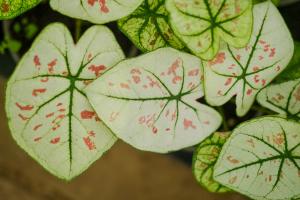1、 Base fertilizer
Base fertilizer is also the base fertilizer, and the total amount of fertilization accounts for more than 70% of the whole year. Mainly apply organic fertilizer, with 800-1000 kg of rotten manure, after the fruit is harvested, so the effect is better. At this time, the application of nutrients that can supplement the consumption of fruit can help restore the tree vigor and enhance the cold resistance, which is beneficial to the winter and the growth and flowering of next year. The specific location and depth of fertilization should be determined according to the plant size. Those with small service life can be closer to the root system, while those with large service life should be farther away to avoid damaging the root. Dig a pit of appropriate size, put fertilizer in it and cover it with soil

2、 Topdressing
1. Budding fertilizer: budding fertilizer is applied in early spring, probably after February every year, mainly nitrogen fertilizer. Apply 20 kg of urea and 10 kg of calcium superphosphate per mu, either by furrow or hole application

2. Pre anthesis fertilizer: pre anthesis fertilizer is applied in late April every year, mainly phosphorus fertilizer and nitrogen fertilizer. Use 15kg urea and 10kg calcium superphosphate per mu. Water and dilute as soon as possible after fertilization
3. Fruit strengthening fertilizer: during the growth of young fruits, which is the peak of fertilizer demand, more fertilizer should be applied. 30 kg of urea and 40 kg of potassium sulfate per mu can be applied in ditches or holes
4. Coloring fertilizer: coloring fertilizer is also called ripening fertilizer. At this time, the amount of fertilizer is not too much. Apply 5-10kg potassium fertilizer and 2-3kg magnesium sulfate per mu


 how many times do yo...
how many times do yo... how many planted tre...
how many planted tre... how many pine trees ...
how many pine trees ... how many pecan trees...
how many pecan trees... how many plants comp...
how many plants comp... how many plants can ...
how many plants can ... how many plants and ...
how many plants and ... how many pepper plan...
how many pepper plan...






























